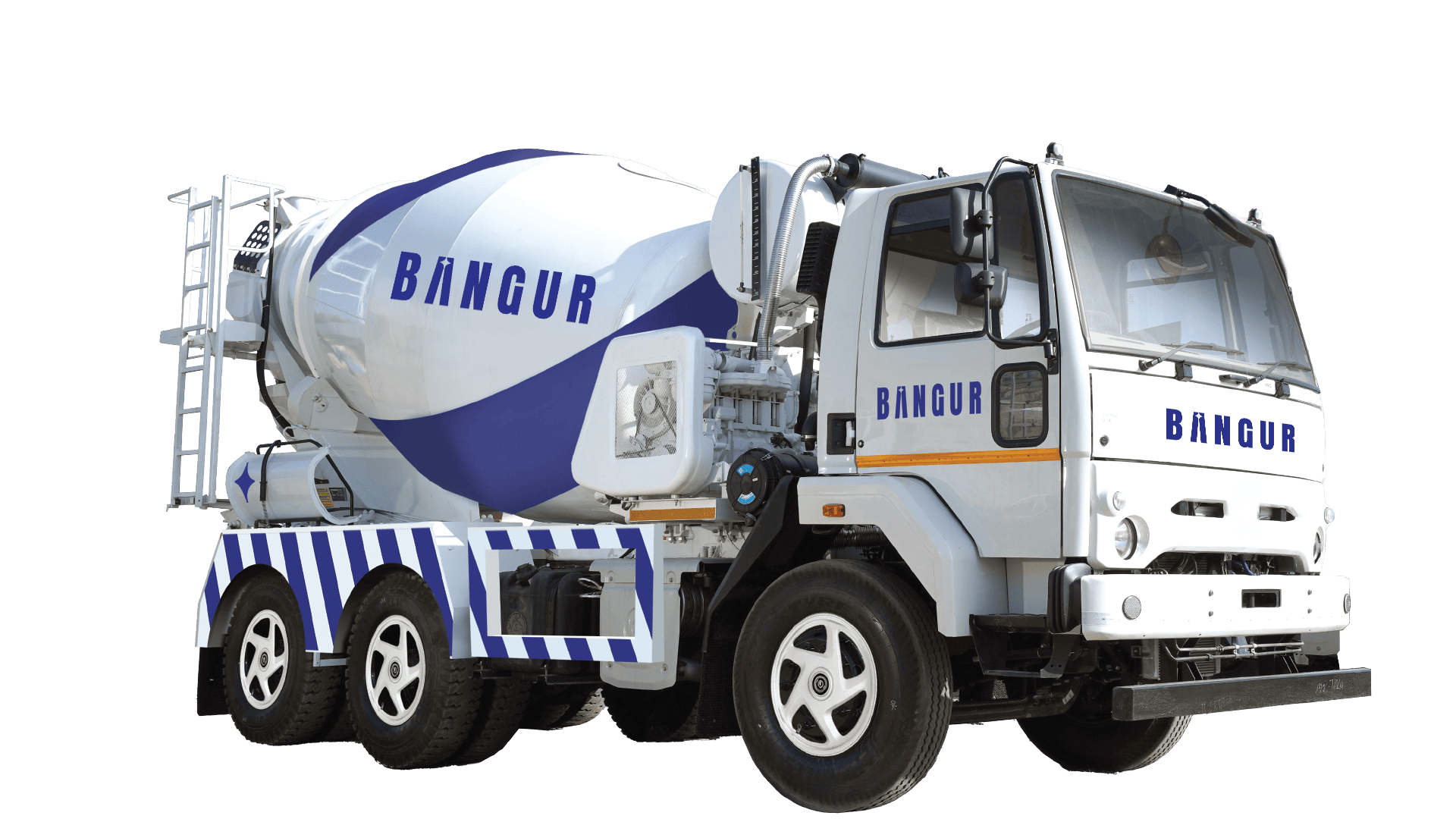
Roof Leakages: All You Need To Know
- Nov 3
- 5 min read
Roof leakages are one of the most common issues that homeowners face. While they may start as minor water stains or peeling paint, the consequences can lead to structural damage, mould growth thus compromising the conditions of living. In addition to that, if they are left unattended, a leaking roof can quickly affect both safety as well as the value of your property.
What Is Roof Leakage?
Roof leakage refers to the unwanted entry of water through the roofing system into the building’s interiors. This typically happens due to material failure, design flaws, or physical damage. Signs of leakage include:
Visible water stains on ceilings or walls
Musty odours and rising indoor humidity
Peeling paint or wallpaper
Damp patches or puddles in the attic
Mould formation on walls and surfaces
Prompt identification and repair are critical to avoid further complications.
What is the Most Common Cause of Roof Leaks?
There is not just one single reason behind roof leakages because often, multiple factors affect the roofing system in different ways. Let us check some of those factors:
1. Roof Cracks
Cracks in the roof can result from material aging, exposure to harsh weather, or substandard installation.
2. Improper Slope of the Roof
The slope of the roof is essential for efficient drainage. A flat or shallow slope can lead to water accumulation, while an overly steep slope might cause runoff issues.
3. Flashing Issues
Flashing is the metal installed around joints and penetrations (like chimneys and skylights) to prevent water entry. If damaged or improperly fixed, these areas become vulnerable to leakage.
4. Damaged or Missing Tiles
Broken or displaced roofing tiles, whether due to aging or weather, create entry points for rainwater. Even a small gap is enough to let water infiltrate.
5. Poor Maintenance
Lack of frequent inspections, clogged drainage systems, and build up of debris can affect roof conditions over time. Maintenance delays often lead to small issues growing into major concerns.
6. Moisture Buildup and Poor Home Ventilation
Trapped moisture due to poor home ventilation can create a damp roof environment.
7. Corrosion in Metal Roofing Materials
If you use metal roofing materials, corrosion is a key risk. Rain, UV rays, and temperature changes wear down metal surfaces, leading to cracks, weakened fasteners, and rusted sheets.
8. Material Aging
Roofing materials naturally degrade over time thus reduces water resistance and leads to brittleness and leaks.
What Is the Best Solution for Roof Leakage?
If you’re wondering how to fix a leaky roof, there are several ways depending on the roof type and severity of the issue. Some of these solutions are:
1. Asphalt Shingle Repair
For asphalt roofs, steps include:
Reattaching curled shingles
Using roof sealant on minor cracks
Replacing any missing or broken shingles
This helps in restoring water protection quickly and effectively.
2. Roll Roofing for Low-Slope Roofs
Roll roofing is best for flat or low-gradient surfaces. Leaks are patched using roofing cement and reinforced with roll roofing sheets. A final coat seals the patch securely.
3. Wood Shake Replacement
For wooden shake roofs, damaged pieces are removed and replaced with fresh shakes. Nail heads are sealed with roofing cement to prevent future leaks.
4. Leaky Joint Repairs
Joints between roofing sections are common leakage points. These are sealed using flashing strips and cement layers to create watertight protection.
5. Fixing a Concrete Roof
A concrete roof may crack over time due to wear or temperature cycles. To repair it:
Identify and clean the cracked area
Apply sealant or patching compound
Let the patch dry completely before inspecting for leaks
Use the best concrete for roof durability and look for high-performance cement mixes with waterproofing additives. Moreover, proper precautions should be taken while casting the RCC Roof Slab like use of best quality material, controlled water cement ratio, proper compaction and timely curing.
Long-Term Protection Ideas for Roof Leakages
A lasting solution for roof leakages must go beyond temporary fixes. Here’s what helps in the long run:
Regular Maintenance
Schedule biannual inspections to catch issues early. Clean gutters, check for damage, and clear debris from the surface to maintain healthy drainage.
Use of High-Quality Materials
Opt for strong, durable products like metal roofing materials, high-grade asphalt shingles, and synthetic tiles. These materials reduce leak risks and extend roof lifespan.
Correct Installation
Use qualified professionals and follow material-specific guidelines. Faulty installation of shingles, vents, or flashing is a leading cause of future leaks.
Proper Waterproofing
Apply waterproof membranes or coatings especially on flat or concrete roofs. Options include bituminous sheets, spray foam, and liquid membranes for seamless sealing.
Focus on Home Ventilation
Well-ventilated attics and ceiling spaces prevent internal moisture buildup. This prolongs the performance of your roofing layers and supports insulation efficiency.
Step-by-Step Repair Guide
If you’re managing the fix yourself or overseeing it, here’s a simplified workflow:
Identify the leak through signs like stains or water puddles
Apply temporary patches if weather is a concern
Remove damaged materials and replace or seal the area
Use waterproofing agents to reinforce the fix
Conduct a final inspection after 24–48 hours
Besides being the causes of extreme inconvenience, roof leakages are also warning signs of deeper structural issues. The key is early identification, professional repair, and consistent upkeep. Taking timely action ensures long-term protection and peace of mind.


